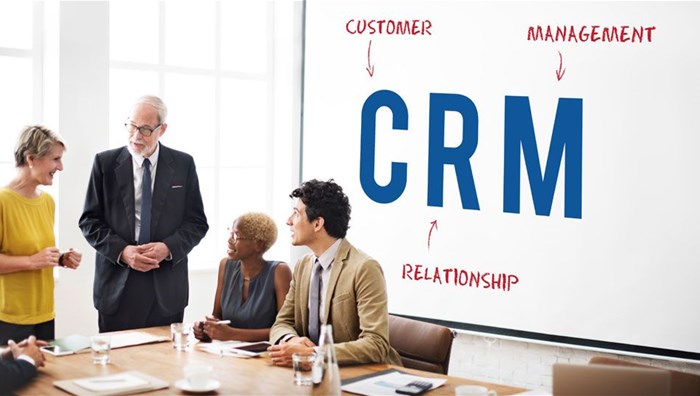






Enter sales CRM (Customer Relationship Management) — a business tool to help companies streamline the complexity of sales interactions and customer relations. There are many prominent sales CRM platforms in today’s marketplace: Monday.com, Salesforce, Zoho, to name a few.
However, standalone sales CRM platforms often hit a wall, particularly when it comes to the nuanced, high-velocity transactional sales processes inherent to the printing and manufacturing sectors.
The solution? A robust ERP (Enterprise Resource Planning) system for manufacturing, with integrated Sales CRM functionality. Let's delve into how such a system can transform your company’s sales.

The sales journey in manufacturing and printing can vary drastically. On one end, you have high-velocity transactional sales — a sprint that takes you from enquiry to quote in the blink of an eye, perfect for simpler, standardised products. On the other, you embark on a marathon, navigating through stages of enquiry, contact, qualification, meetings, demos, and quotes. This slower velocity sales process is a dance of patience and precision, commonly associated with bespoke, high-value products that necessitate a consultative selling approach.
Sales velocity is a measure of how fast a company makes money through its sales efforts. It's influenced by four main factors:

Your sales CRM platform should support you in each of these factors.
High-velocity transactional B2B sales typically involve simpler products or services that require less customisation and have a shorter sales cycle. This type of sales process is often characterised by:
Low-velocity sales process
In contrast, slower velocity B2B sales are common for complex, high-value products or services that require a more consultative selling approach. This type of sales process often includes several stages:
Understanding and optimising sales velocity is crucial for businesses. High-velocity sales models focus on maximising the number of opportunities and streamlining the sales cycle, while slower velocity models might focus more on increasing the average deal value and win rate through personalised engagement. Each model requires different strategies and tools for effective management.
Sales CRM is the linchpin to manage these diverse sales processes with efficacy. It meticulously tracks every interaction, provides valuable insights into customer behaviours, and streamlines communication.
Moreover, it offers a clear visualisation of the sales pipeline, a vital tool for anticipating revenue and pinpointing areas needing attention. Yet, not all Sales CRM platforms are cut from the same cloth.
While standalone sales CRM systems are competent in their domain, they often stumble when confronted with high-velocity transactional sales. Their Achilles' heel? A limited view of the customer's complete interaction with the company and an inability to adapt swiftly to the rapid pace of such transactions. They might excel in tracking the traditional, slow velocity sales process but falter when the race demands speed and agility.
This is where an ERP system with integrated Sales CRM functionality becomes a beacon of hope. Such a system not only manages the internal gears of manufacturing and printing operations but also offers a comprehensive, panoramic view of customer interactions. It unifies the data silos, allowing businesses to navigate both high and slow velocity sales processes with equal prowess.
QuickEasy ERP is no new-comer to the local printing, signage, and South African manufacturing scene. As a noteworthy local contender against the imported big brands in ERP, QuickEasy is built from the ground up for the unique landscape of printers and manufacturers.
It doesn't just add sales CRM functionality as an afterthought; it embeds it into the very fabric of its system.
Along with fast, accurate estimating, production dashboards, supplier management, stock control, digitised deliveries], and full-house accounting, you get:
This means manufacturers and printers can manage their sales pipeline, customer interactions, and even complex transactions, all within a system that also oversees production, inventory, and financials.
Integrated sales CRM functionality in ERP systems like QuickEasy ERP is not just an incremental improvement; it's a transformative leap for printers and manufacturers. By bridging the gap between sales processes, customer relationship management, and operational functionalities, these systems empower businesses to navigate the complexities of their sales landscape with unprecedented agility and insight. In an era where every second counts, having a comprehensive, integrated ERP system is no longer a luxury; it's an indispensable tool for staying competitive in the relentless race of business.